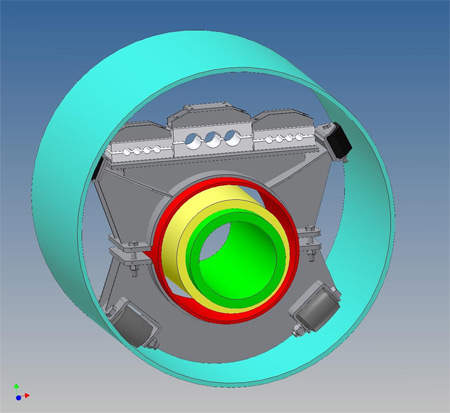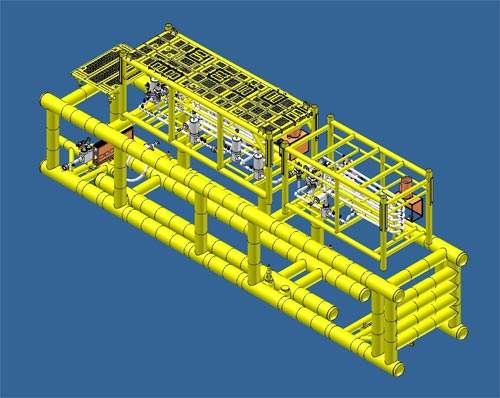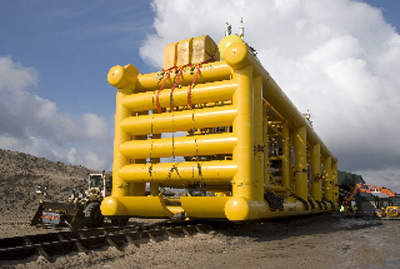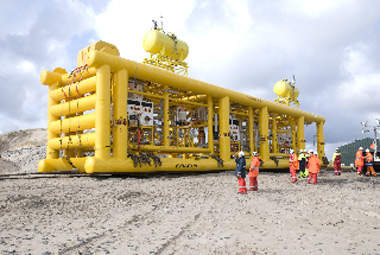The Jura development in the UK sector of the Northern North Sea announced that it had achieved the first gas from its field in May 2008, on time and on budget.
It lies in block 3/15 of the UK sector of the Northern North Sea, about 160km (100 miles) east of the Shetland Islands and 440km (275 miles) north-east of Aberdeen, in a water depth of 113m.
Wholly owned and operated by Total E&P (Exploration and Production) UK Ltd, Jura came on stream less than a year after development was sanctioned and only 17 months after discovery.
The High Pressure / High Temperature (HP/HT) field has proved and probable reserves of 170 million barrels of oil.
Its discovery was exceptional in a mature zone but made possible by the use of state-of-the-art technology to interpret seismic data and by the group’s desire to maximise the potential of its assets portfolio.
Jura’s development represented capital expenditure of around $300m and its production is expected to ramp up to 6.5 million cubic metres of gas a day, at its peak. With 6,000bpd of liquids also being produced, it gives a combined total production capacity of around 50,000 barrels of oil equivalent a day. The ability to link into existing Total infrastructure was a key factor in the Jura development coming on stream quickly.
SUBSEA WELLS
The Jura field was discovered in November 2006. The field was developed with two subsea wells connected via a new 3km pipeline to the Forvie North subsea manifold. From there, gas is sent via an existing pipeline to the Total-operated Alwyn North platform. The development extends the production of Total’s Alwyn core area beyond 2010 and ensures a long future thereafter.
Total says technological innovation has been the key to developing Jura so quickly. This has included the use of a 3km bundle assembly composed of an 8in flowline, umbilicals and two towheads incorporating all the process functions for the well controls. It also says the main Jura towhead is the largest ever built for a towed bundle, measuring more than 40km and weighing close to 500t.
The high pressure and wide range of temperatures expected from the two subsea wells (600bar and -40°C to 112°C) have also required the development of subsea control equipment not previously designed for these conditions.
Subsea 7 was awarded a contract valued in excess of $45m for the installation work. The contract included the design, fabrication and installation of the bundle.
Fabrication commenced at Subsea 7's pipeline bundle fabrication facility at Wester site in Wick, North-East Scotland in October 2007 and the bundle was installed at the Jura location using subsea tow technology.






